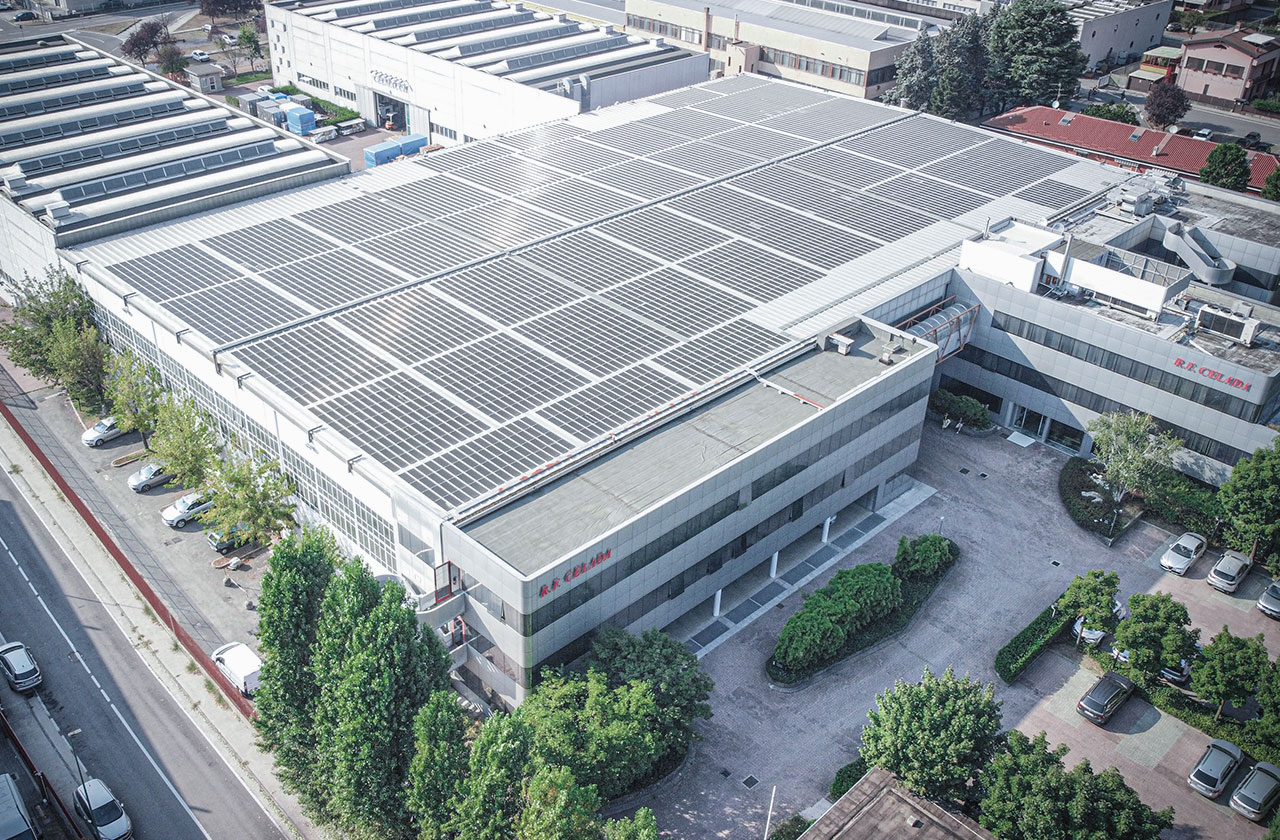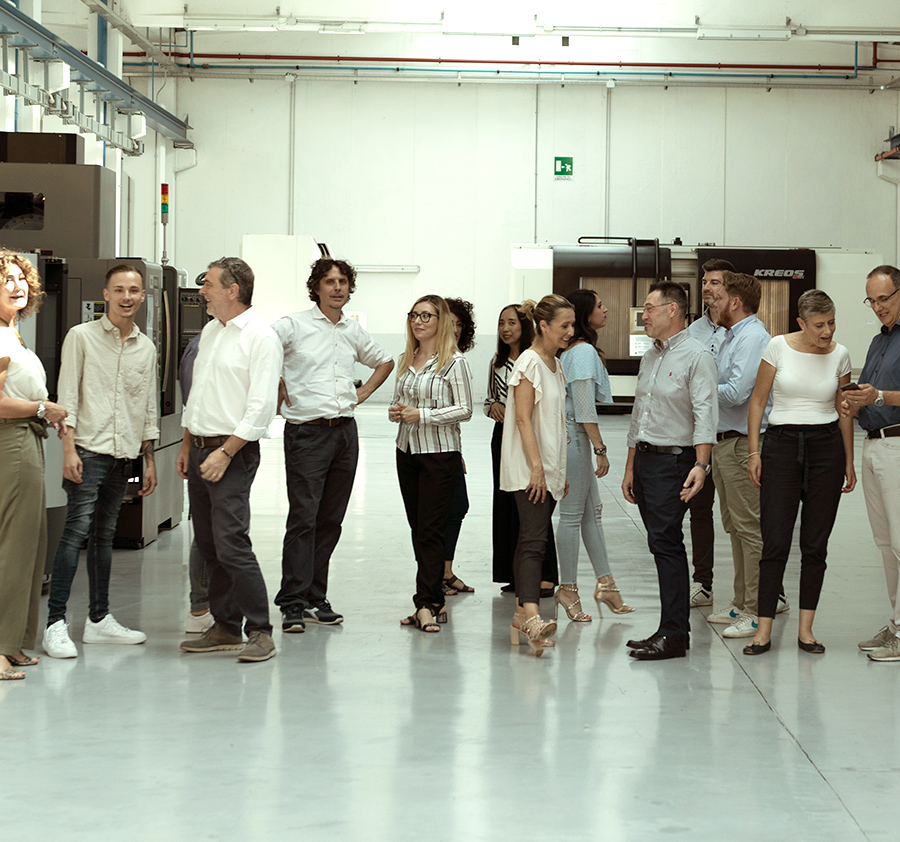
The relationship between Industry 4.0 and the circular economy
By circular economy we mean a different approach to production methods. That is, we move from a linear process that sees the use of raw materials and the generation of production waste that is thrown away, to a model that regenerates itself, transforming what is commonly considered waste into a resource. The transition to a circular economy constitutes a revolution and an opportunity: it is in fact a matter of enhancing what is hidden in waste and production waste. The industrial system, at the end of the production and consumption cycle, must develop the capacity to absorb and reuse waste and waste.
Compared to the sharing economy, which is revolutionizing the concept of ownership of goods and services, at the heart of the circular economy or circular economy there are industrial and manufacturing products.
Machine tools play a leading role within the phenomenon of the circular economy.Any manufactured product is made thanks to a machine tool, therefore the sector plays an essential role in the context of sustainable production.


The circular economy aims to generate sustainable value over time by allowing longer product life cycles, optimal reuse, reconditioning, regeneration, and recycling of products and materials.
The machine tools marketed by Celada stand out for their high quality, precision, efficiency, longevity and reliability.
Compared to standard consumables, Celada’s selected machine tools have a longer life cycle and are reused as a source of metal once disposed of, and digital innovation in machine tool technology is already playing a key role in the efforts. to increase the sustainability of production.
The present and the future
The ZDM (Zero Defect Manufacturing) approach – making production increasingly efficient and measuring the concrete results of this commitment – involves all Celada stakeholders, including employees and suppliers. Both are an integral part of the continuous improvement process. With this goal, the company has launched a Kaizen path aimed at all employees.
Kaizen is a Japanese method of continuous improvement that involves the entire company structure. The term is in fact composed of the words kai (change) and zen (better). The basic idea of Kaizen is to reduce production costs and increase the productivity of the work team through the involvement of employees and collaborators in the analysis of work processes and the sharing of new procedures and standards.
At the base there is the principle that if something does not work it is not the fault of the people but of the method. This operating philosophy brings important results.



